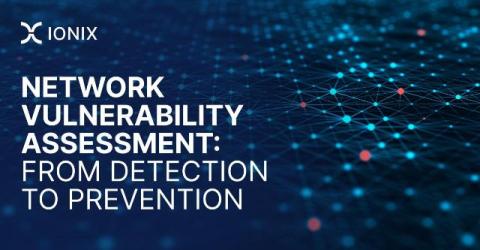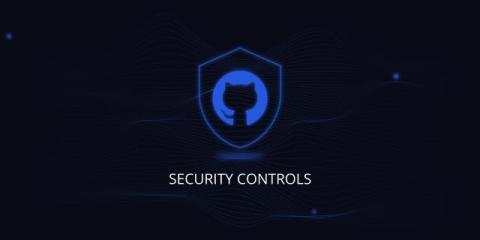What is API Security for Mobile Apps? Why Is It Important?
Businesses have gone mobile-first, and with good reason—people are spending more time and more money on their phones than ever before. For instance, in 2023, an estimated 66% or 2/3rds of all online orders were made from mobile devices. And in 2024, businesses are expected to spend $402 billion on mobile advertising. Mobile apps have become the first choice for users for their online activities in banking, e-commerce, media streaming, social media, etc.










